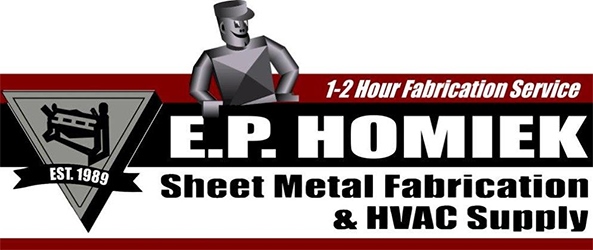ECM Motors in HVAC are Proven to be Far Superior, But They Can’t Solve Every Problem
- Posted on March 9, 2023
- by admin
- in Blog_Posts
- Comments Off on ECM Motors in HVAC are Proven to be Far Superior, But They Can’t Solve Every Problem
When the U.S. Department of Energy’s Fan Furnace Efficiency Rating (FER) went into effect in 2019, HVAC equipment manufacturers made the shift from PSC to ECM, or electronically commutated, motors in all new units. ECM motors are substantially more energy-efficient than PSCs, and the DOE estimates that the switchover to ECMs will save more than $9 billion in energy costs by the year 2030.
How do electronically commutated motors work?
ECM motors use microprocessor controllers to precisely modulate motor speed in response to changing conditions. When the ECM senses a change in motor torque, it automatically ramps motor speed up or down to maintain the programmed airflow demands.
What are the benefits of ECM motors?
On average, ECMs use 25% less energy than PSC motors and as much as 75% less energy during times of continuous fan demand due to their ability to operate at slower speeds. They allow more precise temperature control between spaces, particularly in multi-level homes, without the noise and draftiness often associated with PSCs. Because the fan runs continuously, IAQ devices such as UV-C and whole-house air cleaners will provide better indoor air quality.
Can most PSC-equipped systems be retrofitted with an ECM?
Yes.
Will an ECM replacement provide the energy, comfort, and IAQ benefits described above?
Yes, with exceptions. An ECM will deliver these benefits provided the HVAC system does not have a pre-existing problem with high static pressure. The ideal static pressure for residential systems is 0.5 in., and an ECM can compensate for above-normal total external static pressures (TESP) as high as about 0.8 inches. Installing an ECM motor on systems with static pressures around 0.5 in. should provide noticeable improvements, but when TESP measures closer to 0.8 in., energy savings will be lower than expected and the system will likely be noisier.
In systems where static pressures read 0.9 in. or higher, there are far more pressing problems that should be addressed before considering installing a new ECM motor. HVAC contractors should first identify and correct the causes of the high static pressure such as an undersized return duct, dirty filters, crushed or restricted ductwork, excessive flex duct runs, etc. If static pressures aren’t lowered to an acceptable level, installing a new ECM motor won’t be worth the cost.
A final word on static pressure readings
Although a static pressure reading is a necessity when determining whether an existing HVAC system can benefit from swapping out a PSC motor with an ECM, this doesn’t always happen. In fact, static pressure readings are a rare practice altogether, even though HVAC technicians should be measuring TESP on every service call as part of their regular routine. HVAC companies owe it to their customers to inform them when there are serious flaws in their overall system and offer to correct them, and a static pressure test can effectively uncover many of these problems.
If you enjoyed this article please consider sharing it!




